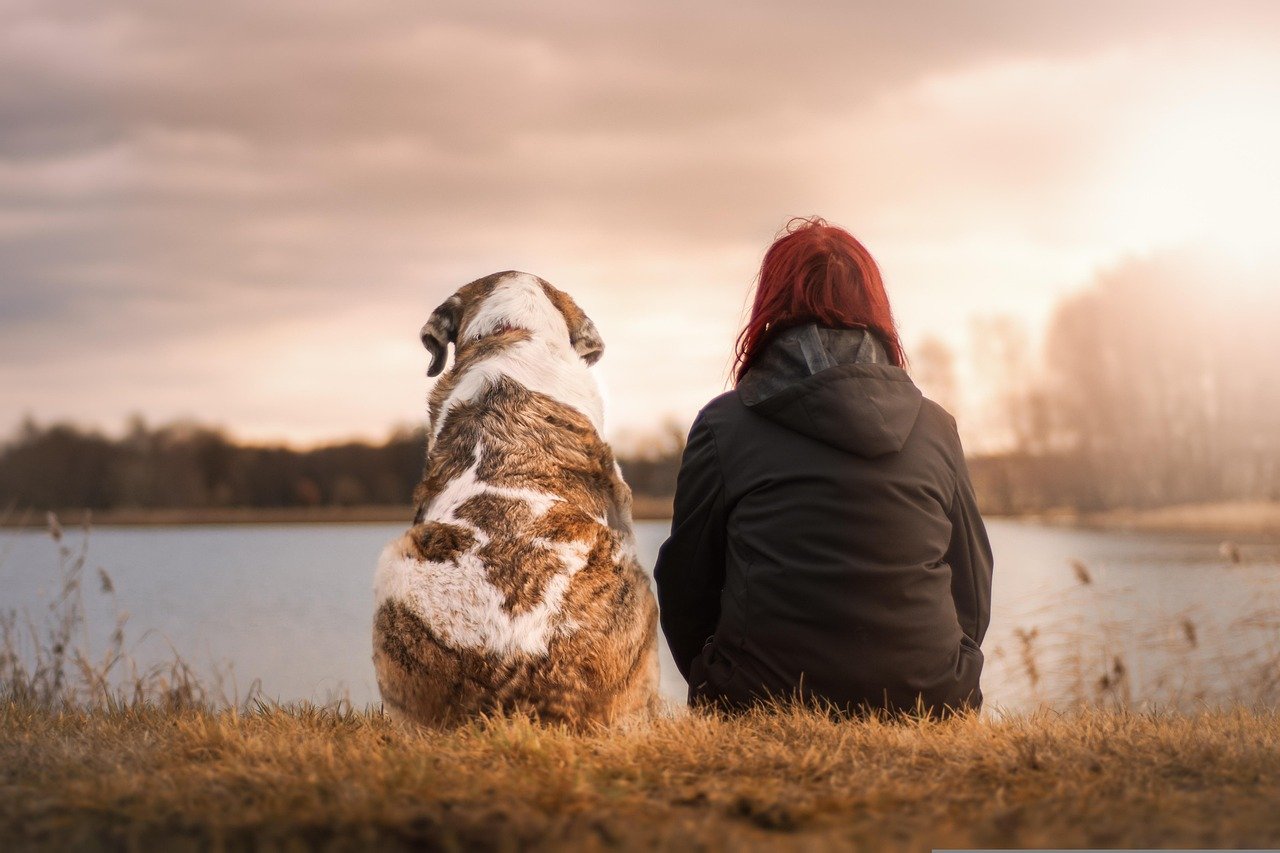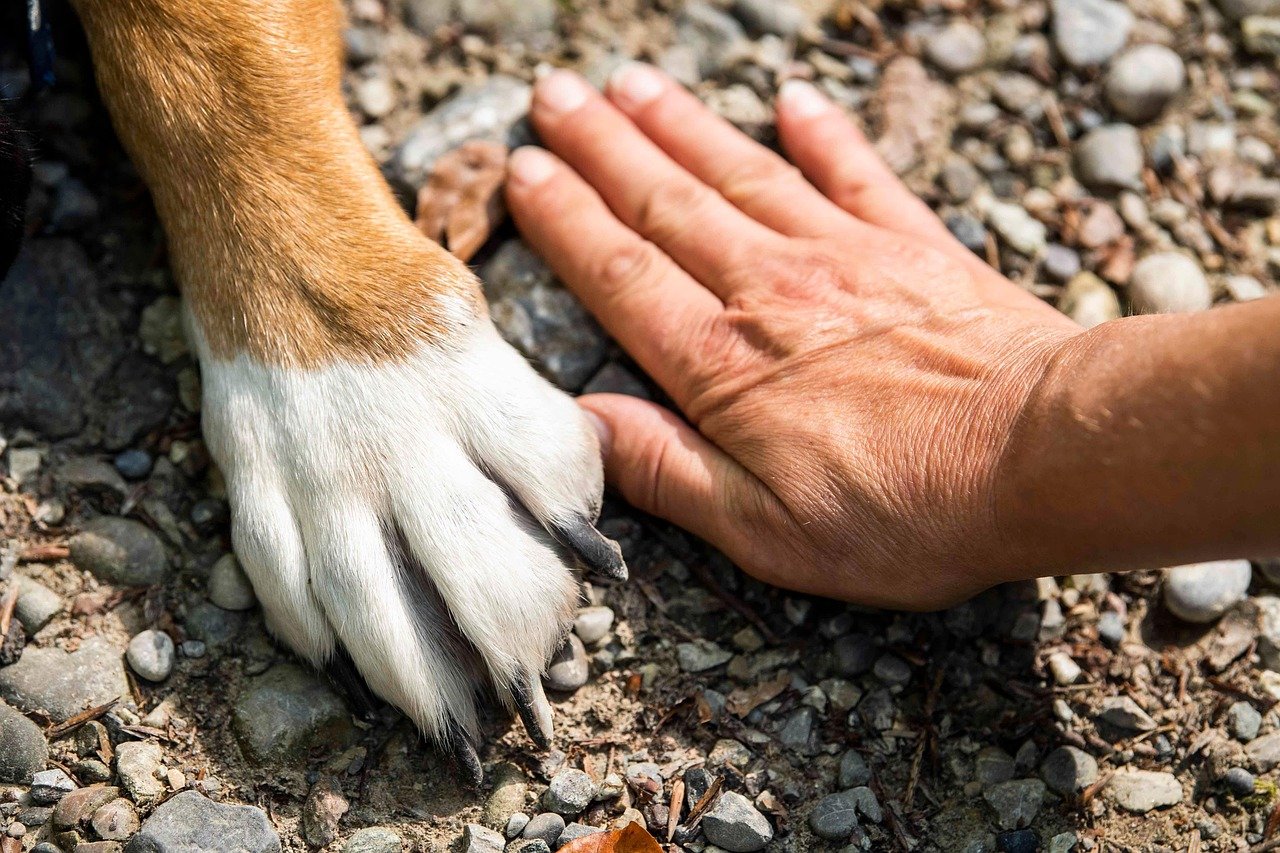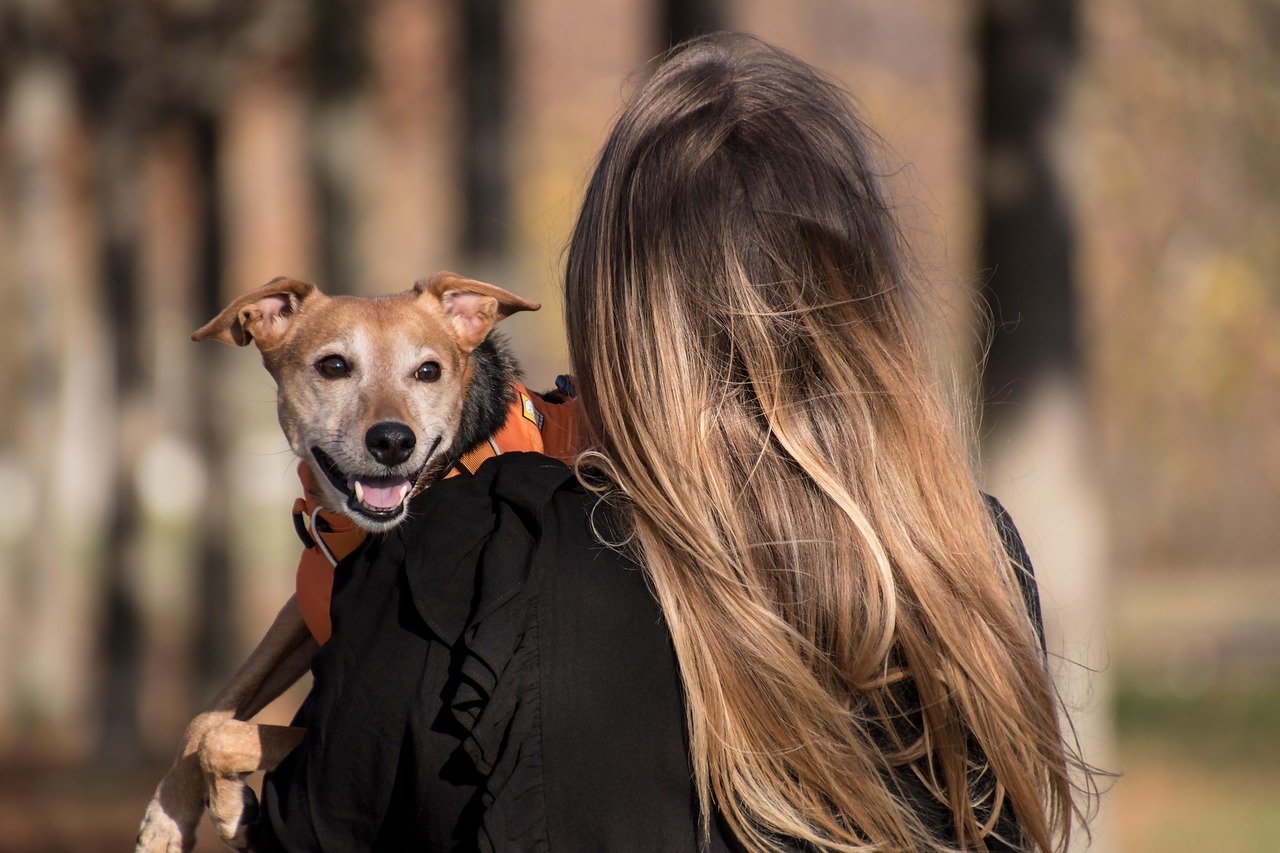Have you ever wondered why some older adults seem to form an instant, almost magical connection with certain dog breeds? It’s more than just puppy eyes and wagging tails. The reasons are surprising, sometimes even a bit quirky — and they reveal so much about the way our hearts work as we age. If you’re a dog lover, or know someone who is, you might just see yourself in these touching, funny, and unexpected explanations.
Shared Energy Rhythms Create Instant Understanding

Older adults often find themselves slowing down, savoring the quiet moments in life. Certain dog breeds, like the Cavalier King Charles Spaniel or the Basset Hound, match this gentle pace perfectly. It’s almost as if both the person and the dog are tuned into the same radio station — preferring cozy evenings on the couch over wild adventures. This alignment in daily rhythm leads to less frustration and more harmony. The dog isn’t pulling at the leash, desperate to run, and the person isn’t feeling guilty for not keeping up. This shared tempo becomes a silent language, a bond that needs no words. It’s soothing, familiar, and deeply comforting, like two old friends who can sit in silence and still feel close. The result? A relationship built on understanding rather than compromise.
Echoes of Childhood Memories

For many older adults, certain dog breeds spark a wave of nostalgia. A fluffy Collie might remind someone of the family dog from their youth, or a playful Beagle could bring back memories of running through the backyard as a child. These echoes of the past are powerful. They’re like time machines, transporting a person back to simpler days. The bond becomes more than just present-day affection—it’s reinforced by decades of cherished memories. This connection often leads to deeper emotional attachment, as the dog isn’t just a companion, but a living, breathing reminder of happy times gone by. The comfort and familiarity of “the dog I grew up with” can’t be underestimated, making these breeds feel like an old song you never forgot the words to.
Intuitive Responses to Emotional Needs

Some dog breeds, such as the Labrador Retriever or the Poodle, have an almost uncanny ability to sense when their owner is feeling down or lonely. This emotional radar is especially vital for older adults, who may face isolation or loss more often. The dog’s gentle nudges or quiet presence during tough times can provide comfort in ways that words simply can’t. It’s not just about companionship; it’s about feeling truly seen and understood. Many older adults are amazed by how their dog seems to “just know” when they need extra love. This intuitive response can forge a powerful, unspoken bond that feels almost magical, deepening the connection far beyond the everyday.
Low-Maintenance Grooming and Care

Let’s face it—nobody wants a high-maintenance relationship, especially not in their golden years. Some breeds, like the French Bulldog or the Chihuahua, require less grooming and fuss. This makes it easier for older adults to care for their furry friends without feeling overwhelmed. There’s a sense of relief in knowing you don’t need to spend hours brushing or regularly visit the groomer. This simplicity allows for more quality time together, whether it’s a short stroll or a lazy afternoon nap. The ease of care often translates into less stress and more affection, as both dog and owner can focus on enjoying each other’s company rather than chores and routines.
Size Matters: Lap Dogs and Cozy Companions
There’s something incredibly endearing about a dog that fits perfectly into your lap. For many older adults, smaller breeds like Shih Tzus or Dachshunds become instant favorites. Their size makes them easy to handle, especially for those with mobility challenges. But it’s more than just practicality—there’s an emotional comfort in having a tiny, warm bundle curled up next to you. These lap dogs often become confidantes, listening ears, and even “heating pads” during chilly nights. The close physical proximity leads to a stronger emotional bond, making these breeds feel almost like living, breathing teddy bears.
Shared Sensitivities to Noise and Chaos

As people age, tolerance for loud noises and chaos tends to drop. Some breeds, like Greyhounds or Whippets, are naturally calm and dislike loud environments too. This shared preference for quiet becomes a unique point of connection. Both the dog and the owner seek out peaceful spaces, avoid noisy gatherings, and relish in the calm. There’s a mutual understanding that life is better with less commotion. This harmony can feel like a secret club, where both parties get exactly what they need. The result is a soothing, drama-free relationship that’s all about tranquility and mutual respect.
Therapeutic Touch and Physical Comfort

The healing power of touch is real, and certain breeds are especially tuned into this. Golden Retrievers, for example, are known for their soft fur and love of cuddles. For older adults, physical touch with their dog can reduce stress, lower blood pressure, and even ease feelings of pain or stiffness. The act of stroking a dog’s fur becomes a mini therapy session, a comforting ritual that brings both parties closer. This tactile bond is often overlooked, but it’s a potent way that dogs and humans connect. It’s like having a furry therapist on call, always ready to offer a soothing paw or a gentle nuzzle.
Matching Quirks and Unique Personalities
Every dog is different, just like every person. But sometimes, an older adult finds a breed—or even a particular dog—that mirrors their own quirks. Maybe it’s a stubborn Bulldog who refuses to go outside in the rain, or a quirky Pug with a silly snore. These little oddities can make the bond even stronger. It’s a bit like finding a soulmate who shares your weird sense of humor. The dog’s unique personality traits often become inside jokes or sweet stories, making the relationship feel special and one-of-a-kind. This sense of shared individuality can turn a simple pet-owner dynamic into a lifelong friendship, full of laughter and mutual understanding.





